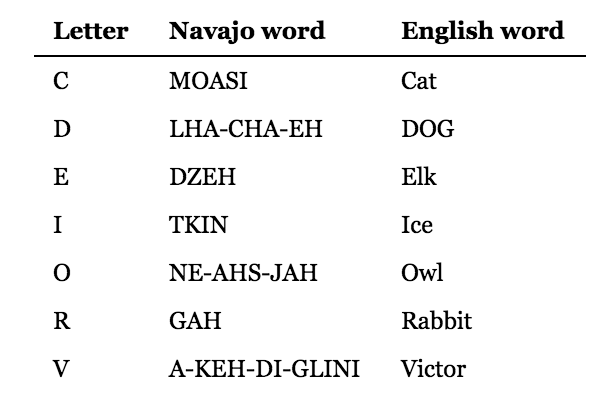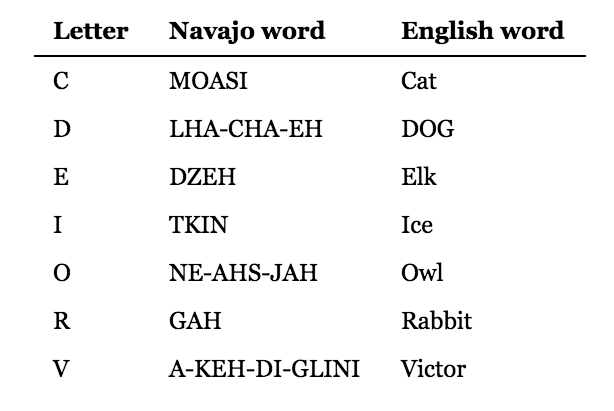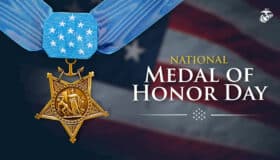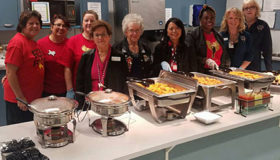Remembering the National Navajo Code Talkers
August 12, 2016

Imagine the year is 1942. A few weeks ago, in the wake of the attack on Pearl Harbor, President Roosevelt branded the day as one that will live in infamy and congress declared war on Japan, Italy, and Germany. Now, the United States is officially at war. The country is both determined and terrified for what will come next. The memory of The Great War is still fresh for some.
Weeks go by and battle plans fall apart. Japanese codebreakers are at the top of their game. The Axis powers are somehow able to see through every single code we try to send and their own code—the German Enigma machine—continues to elude us. We need a new code and fast if we are going to carry out any successful missions.
During World War I, there was a team called the Choctaw Telephone Squad who simply spoke their language over the phone and this process served as their code. While not sophisticated enough to withstand Axis codebreaking, the methods of the Choctaw Telephone Squad planted a seed of inspiration in the mind of Philip Johnston.
Philip Johnston spent his childhood on a Navajo reservation with his missionary parents in Flagstaff, Arizona. While there, Johnston learned the Navajo language and the ways of their people. As a middle-aged man, he was deemed too old to enlist in the military for World War II, however he passed along his idea for a Navajo code onto the Marine Corps.
The original twenty-nine Navajo code talkers trained at boot camp and both constructed and memorized the new Navajo based code. A fantastic article by the National Museum of the American Indian explains how the basic code worked via an interview with Chester Nez, a Navajo code talker.
“So we start talking about different things, animals, sea creatures, birds, eagles, hawks, and all those domestic animals. Why don’t we use those names of different animals—from A to Z. So A, we took a red ant that we live with all the time. B we took a bear, Yogi the Bear, C a Cat, D a Dog, E an Elk, F, Fox, G, a goat and so on down the line.—Chester Nez, Navajo Code Talker, National Museum of the American Indian interview, 2004″
To further explain, the museum provides the following table:

As time went on, it became obvious that the code was working effectively in the field. The program enlarged to include other tribes—not just Navajo. Although, they are the team who started it all. Eventually, there were a few hundred code talkers. And many years after the war had ended, in 1982—exactly forty years from the beginning of the program—President Ronald Reagan declared August 14 to be National Navajo Code Talker Day. So, on August 14, take a moment to remember the brave men who left their homes for a strange world. These people—some of whom had never even left home—laid down their lives in sacrifice for their nation.


